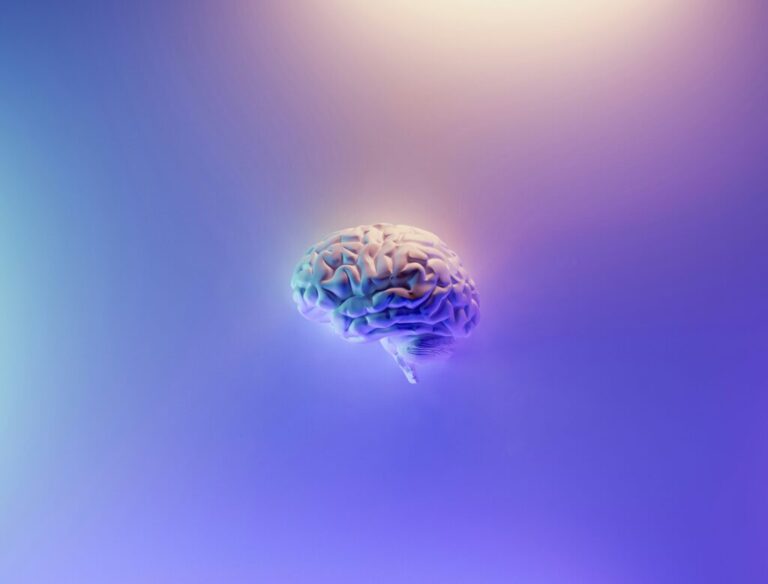Alcohol takes its toll, but the longer you go without drinking, the stronger you’ll feel physically and mentally. Everyone will tell you, you’ll feel better once you stop drinking. Exactly what happens and when is explained in this timeline of quitting…
The first 24 hours
Typically, symptoms of withdrawal appear the very first day after your last drink and they intensify as the day goes on. They will vary in strength depending on the individual and their drinking history. Generally, the harder the drinker, the stronger the withdrawal. Symptoms can include headaches, tremors, sweating, chills, palpitations, and anxiety. You can also experience visual or auditory hallucinations.
A day and a half
Around 36 hours after stopping drinking, even more symptoms will develop, such as clammy skin, nausea, jumpiness, insomnia, depression and loss of appetite. Like the others, these will intensify before they go completely.
Day two
The peak of your withdrawal often hits around about 48–72 hours after your last drink. This is the toughest part, but by now nearly all of the symptoms that you’re going to experience will have kicked in and will be at their worst. Most can be managed, but you should be aware that seizures can occur, and a small percentage of drinkers (between three and five percent) will experience alcohol withdrawal delirium, also known as delirium tremens. People can become seriously confused. At the first sign of this it is vital to get medical help as untreated it can be fatal in 37% of cases. The other condition to watch for is Wernicke-Korsakoff syndrome, also known as wet brain. With wet brain, you may experience an altered mental state or difficulty communicating. Again, get medical advice if you are concerned.
Days three to seven
After the peak of withdrawal, symptoms will start to subside. They will become less intense, and symptoms will start to disappear one by one. You might even start to see some benefits. For example, you should be getting better sleep, although falling asleep might be hard at first.
Week two
By the middle of this week, all the physical symptoms associated with withdrawal should have dissipated. Your sleep will continue to improve, and you should be a lot less dehydrated. You might notice your skin looks brighter or your hair looks stronger. You might have lost a few pounds now that you are not consuming so many alcoholic calories. And you should have a healthier bank balance at the end of the week, given you’re not spending so much money on drinking. However, watch out. Now that the distraction of physical symptoms has subsided, you might notice cravings and the desire for alcohol have kicked in.

Week three
Research shows that it takes at least two weeks for the brain to start returning to normal. Until the brain has recovered, it is less able to suppress the urge to drink. This is because the alcohol has impaired the brain\’s cognitive ability, so by week three your brain should be in a better place to fight those cravings for alcohol. Too much drinking also causes the lining of your stomach to inflame, leading to bloating and other digestive problems. By week three, your gut should begin healing nicely. You might notice less heartburn, gassiness, bloating and stomach pain, and your bowel movements may become more normal. Excessive alcohol causes high blood pressure, so by now you should have started to see a drop in blood pressure levels, back towards a healthier level. The cravings for alcohol will still be there, but you should be feeling more positive about quitting drinking.
Week four
By the end of your first month of sobriety, you will definitely be feeling the benefits of better sleep, improved hydration and spending less. You should have lost a few more pounds in weight. After four weeks of hair growth without no alcohol in your system, your hair may appear fuller and more supple. Any alcohol related inflammation in your liver will subside. Your skin colour should be back to normal, tenderness in the stomach should have eased up and any swelling to the belly or ankles should have gone down.
Month two
Around now you should really notice an improvement in your skin. Any spots should be clearing up. You will have more energy in general. The benefits you’re feeling start to build up. Your heart is recovering, cardiovascular levels are improving, so you should see continued weight loss and changes to your physique.
Three months and beyond
Once you’ve banked three months of sobriety, you will have experienced significant improvements in mood and overall physical functioning. You will have given your brain time to repair the damage all that drinking did, so you should find you are able to think more clearly, and problems like anxiety and depression will start to fade. Others will notice your cheerier mood. With a healthier sleep pattern, you’ll have more energy in the mornings and be more motivated throughout the day.
How To Stop Drinking Alcohol Safely
Stopping alcohol is worth it, but as I’ve described, it can be an uncomfortable and even dangerous experience. Anyone stopping alcohol should discuss their plan with a doctor and seriously consider undergoing a medically supervised detox. This will ensure you are as safe as possible, and any complications can be treated quickly and effectively.
Staying committed in the long term
When it comes to staying on the wagon, you need to have clear goals and seek support — whether that’s through a professional therapist like me, a doctor or an organised group, like AA or Smart Recovery. And you need to continue to take care of your body, by eating and drinking well.
Need some extra help? Get in touch with me at anna@kingsleycounselling.com


